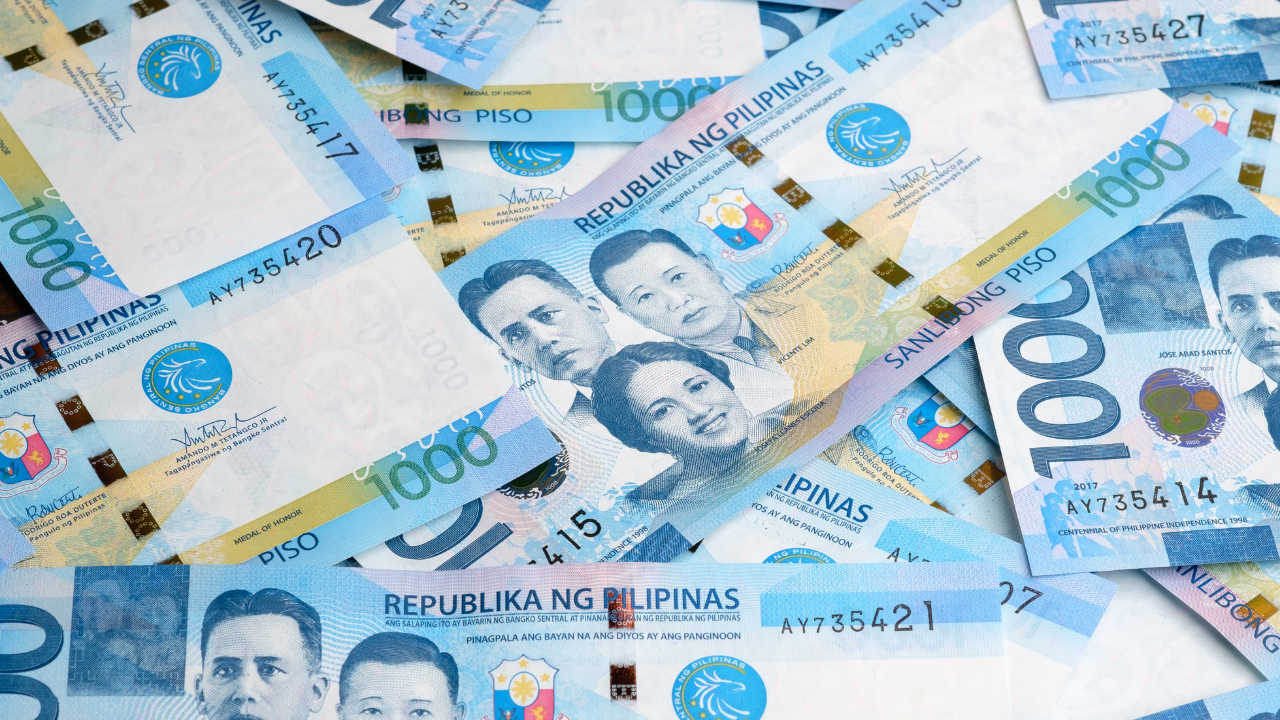Peso, rupee seen to weaken further as Putin continues attack on Ukraine
MANILA, Philippines—The Ukraine-Russia war’s impact on global prices, especially of oil, would likely aggravate the Philippines’ current account deficit and make the peso, alongside the Indian rupee, most vulnerable to depreciation risks in the region, Oxford Economics said.
“Since the start of the Russia-Ukraine war, currencies of commodity importers have underperformed, with the Indian rupee, South Korean won, Philippine peso, and Thai baht weakening around 2 percent against the US dollar,” Oxford Economics senior economist Sung Eun Jung noted in a report on Monday (March 14). The UK-based think tank’s data showed that as of Feb. 24, the peso depreciated by 1.6 percent against the dollar year-to-date.
In case the dollar’s strength lingers on until 2023, “downside risks are strongest for historically ‘twin deficit’ countries who are also net commodity importers in the region, namely India and the Philippines,” Oxford Economics said. It was referring to the wider budget deficit wrought by bigger expenditures to fight the prolonged pandemic, alongside the current account deficit caused by the record trade deficit or a surge in imports outpacing meager exports growth.
The Philippines is a net importer of the goods it consumes — Oxford Economics’ estimates showed that pre-pandemic, net imports of food, fuel and mining products accounted for an average of over 7 percent of annual gross domestic product (GDP).
Last year, the Philippines swung back to a deficit in its current account, or net dollar earnings, as economic recovery meant the country had to spend more dollars to cover imports of raw materials and finished consumer goods. In 2020, the current account posted a record surplus when a consumption slump amid the worst annual recession post-war piled up foreign reserves. A current account deficit weakens the peso against the US dollar.
Article continues after this advertisementAt an online seminar on Monday, Oxford Economics head of global strategy and emerging market research Gabriel Sterne said that among emerging markets, the Philippines was “doing pretty bad” in terms of narrowing its trade-in-goods deficit at the start of 2022.
Article continues after this advertisementBased on Oxford Economics estimates, the Philippines’ trade deficit would likely widen by at least 4 percent based on global commodity price moves so far this year — the biggest spread among emerging markets expected to post deficits. Last year, the Philippines recorded its largest annual trade deficit—$4.71 billion—as imports soared after consumer spending picked up when more economic sectors were reopened from pandemic restrictions.
The Philippines was also expected to benefit, although meagerly, from rising export values due to commodities’ price increases felt globally.
Oxford Economics said downside risks for the peso and the rupee had risen as the both the Philippines and India were not only ‘twin deficit’ countries but also net commodity importers.
“From a policy perspective, higher inflation and deteriorating deficits will increase the pressure on the Reserve Bank of India (RBI) and the Bangko Sentral ng Pilipinas (BSP) to act more aggressively,” Oxford Economics said.
“But slowing growth is making them drag their feet on policy normalization. How they navigate this policy dilemma will have implications for their foreign exchange trajectory once the dust settles,” the think tank added, referring to forthcoming interest rate hikes, which recovering economies like the Philippines needed to balance with still fragile economic recovery.
The BSP had forecast an average 2022 headline inflation rate of 3.7 percent, within the 2 to 4 percent range of consumer price hikes deemed manageable, although the second quarter could see monthly breaches above the target band due to expectations of high food and oil prices as a result of the Ukraine-Russia war.
